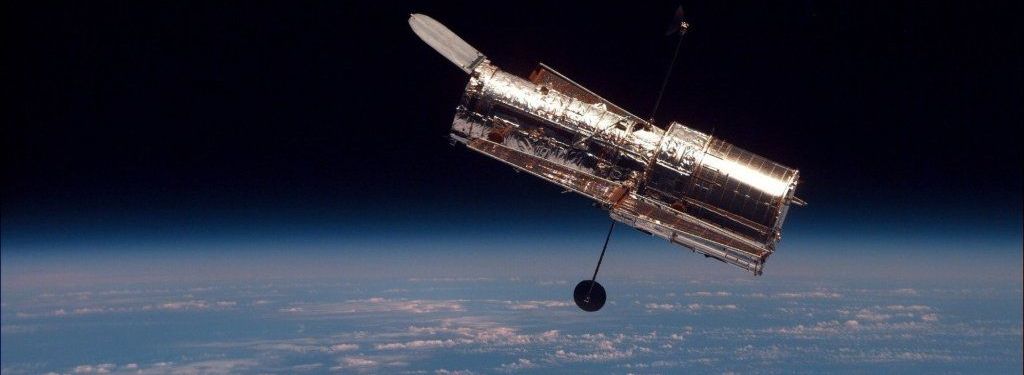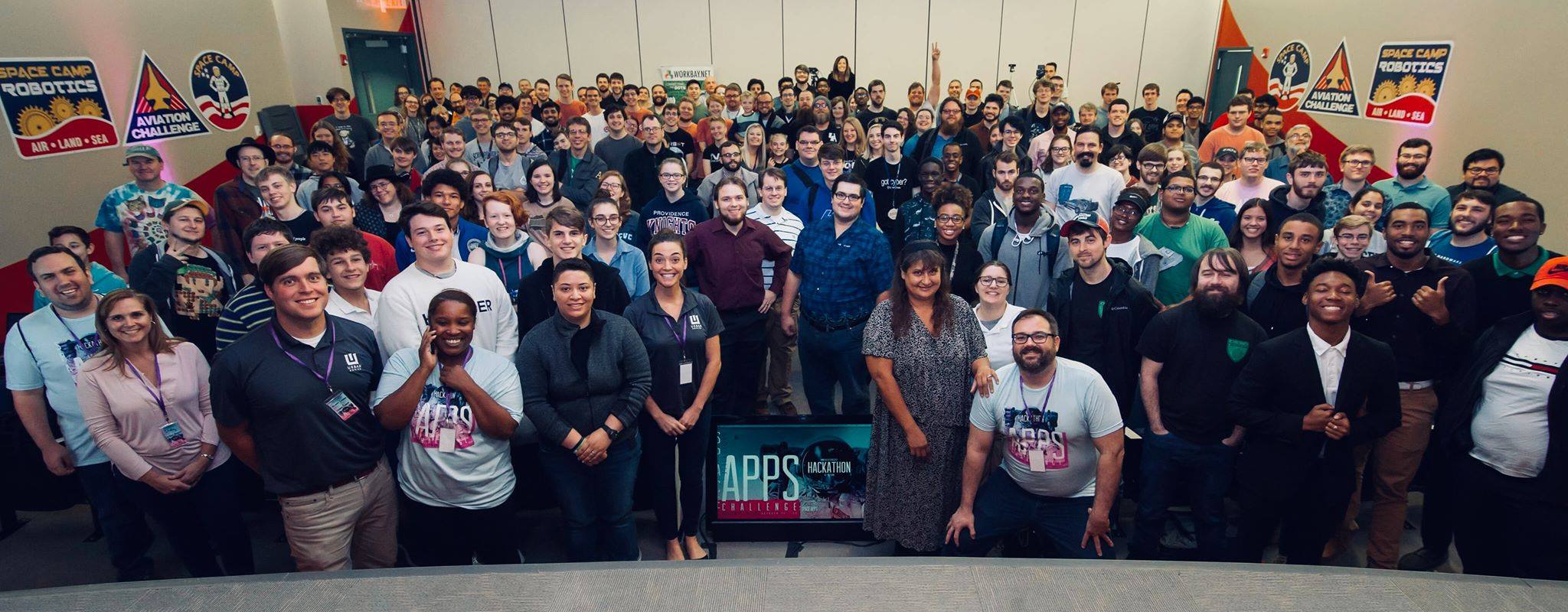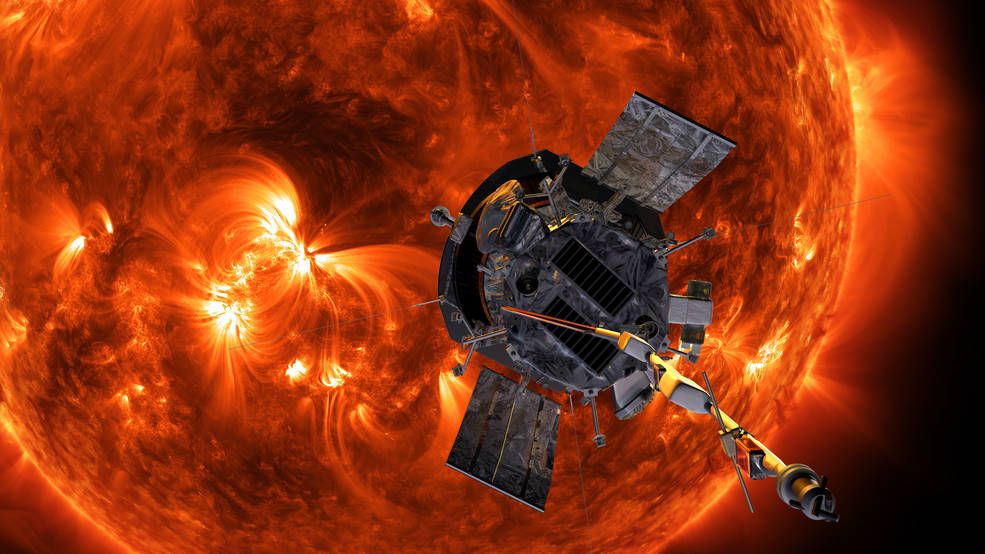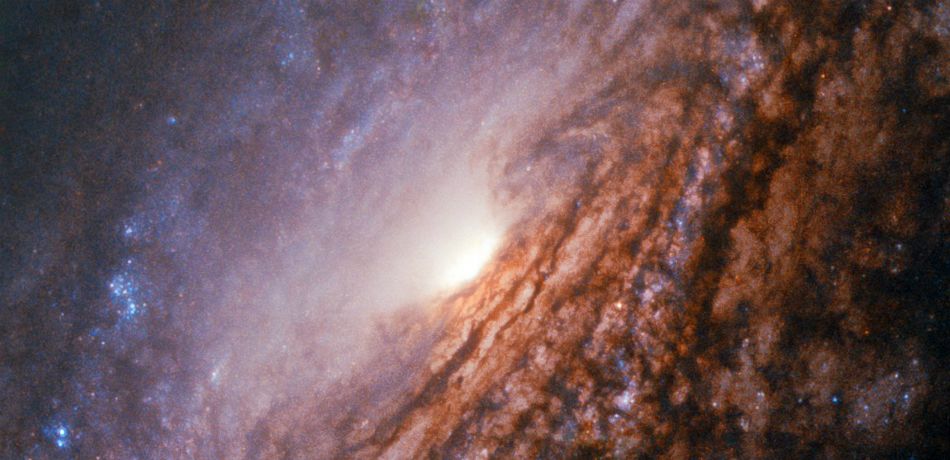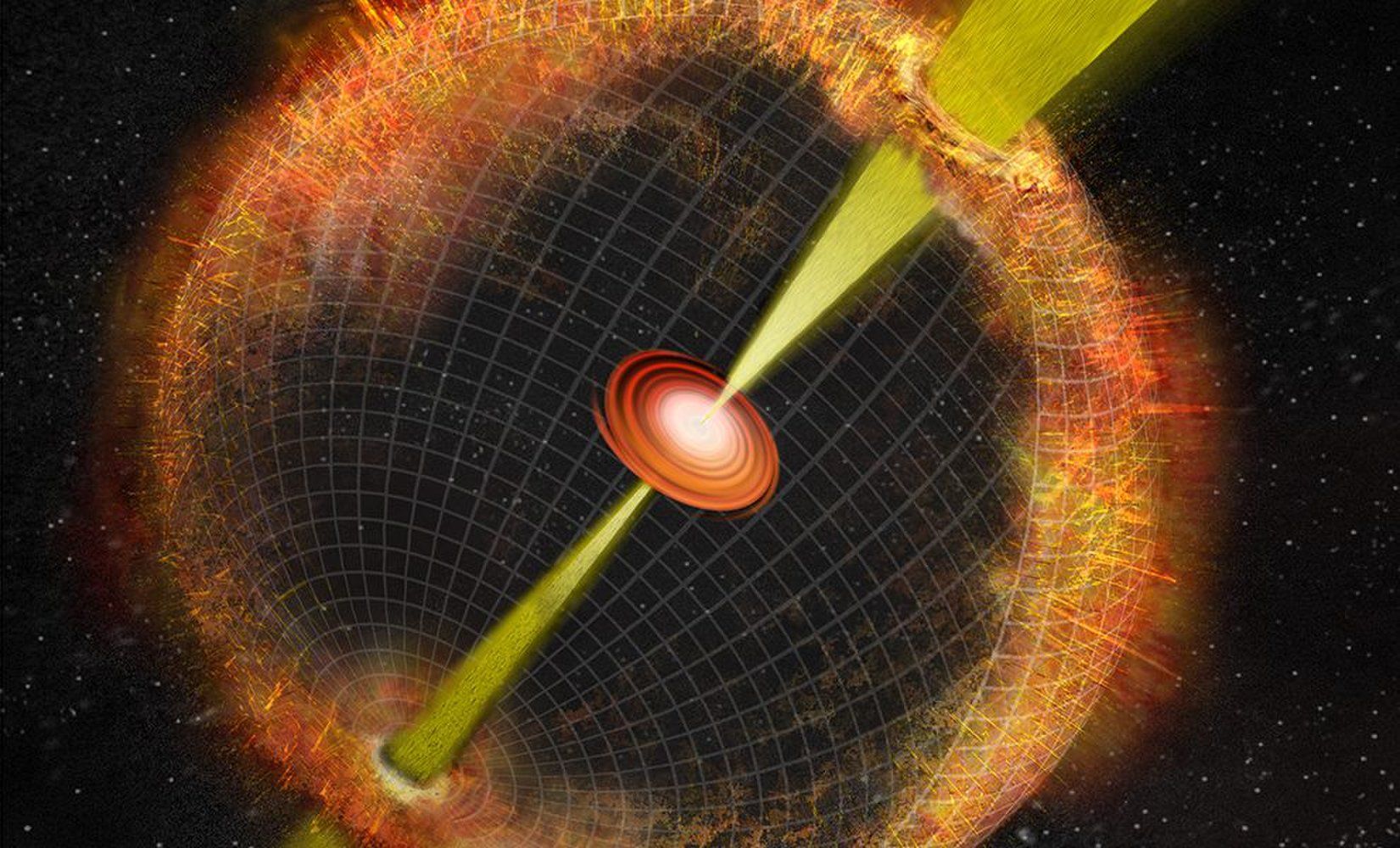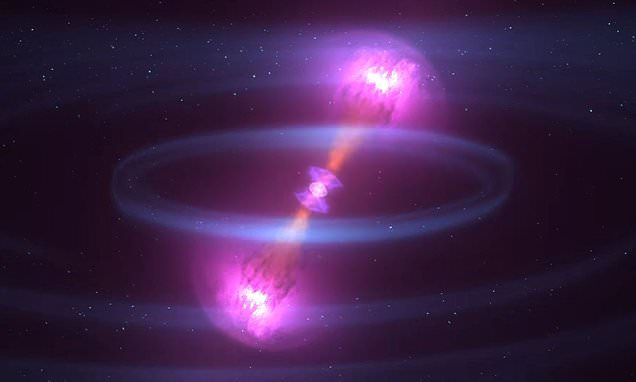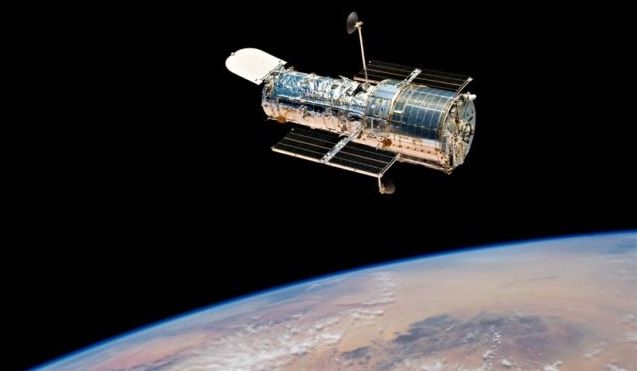The future of humanity will be radically different than what we see today. As Ray Kurzweil put it, “We won’t experience 100 years of progress in the 21st century—it will be more like 20,000 years of progress (at today’s rate).” We’ll have the potential to live on Mars, connect our minds to machines, and access an abundance of resources.
But is our youth prepared to live in such a world? Are we equipping them with the skills and values necessary to be adaptable, innovative, and purpose-driven in such a world?
Our traditional, industrial-era educational models are simply outdated. What is required is not an incremental change in education, but rather an entire overhaul of the current system. It will take creative imagination to develop new models for 21st-century education.

